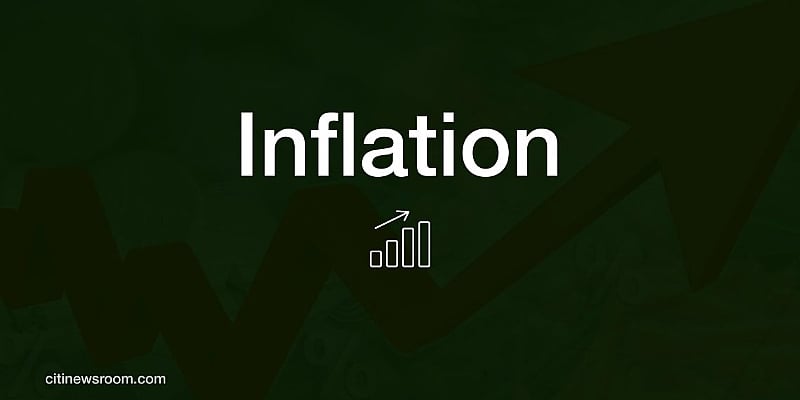In October 2024, inflation registered a slight increase to 22.1%, up from 21.5% in the previous month. This upward trend is indicative of a broader inflationary pressure affecting both food and non-food sectors. The rise in inflation marks a significant shift, as it represents the second consecutive monthly increase following a sustained decline over the previous five months. The specific breakdown reveals that food inflation increased from 22.1% to 22.8%, while non-food inflation experienced a rise from 20.9% to 21.5%.
The dual inflations in both food and non-food segments suggest a challenging environment for consumers, who are likely feeling the pinch of rising prices across various essential goods and services. The government has a defined target to reduce inflation to 15% by the end of the year, a goal that is now under significant threat due to the recent trends. With only one month remaining in the year, the elevated inflation rates pose serious risks to the government’s ability to meet this target.
Factors contributing to this increased inflation might include supply chain disruptions and higher production costs, both of which have been exacerbated by external economic influences. As global markets continue to face instability, commodity prices can fluctuate, directly impacting local inflation rates. For consumers, this could mean more expensive groceries and everyday items, leading to concerns about the overall cost of living.
Moreover, the rise in non-food inflation signals potential increases in prices for items such as clothing, fuel, and household goods, further straining household budgets. The cumulative effect of these rising costs could result in decreased consumer confidence, and the diminishing purchasing power of the populace may encourage a cycle of reduced spending, which in turn can destabilize the economy further.
The government’s current inflation target of 15% seems increasingly ambitious given the recent trends in inflation. Achieving this goal requires not only close monitoring of the economic indicators but also proactive measures to address the root causes of inflation. Policies aimed at stabilizing prices, fostering competition among suppliers, and enhancing productivity could be essential in mitigating the effects of inflation and restoring consumer confidence.
In conclusion, the rising inflationary trend for October 2024 underscores the complexities of managing an economy facing pressing challenges. The government must navigate a precarious path to meet its inflation targets while ensuring economic stability and protecting consumers. As the situation evolves, the focus will likely remain on effective policy responses and the broader implications for both the national and global economy.














